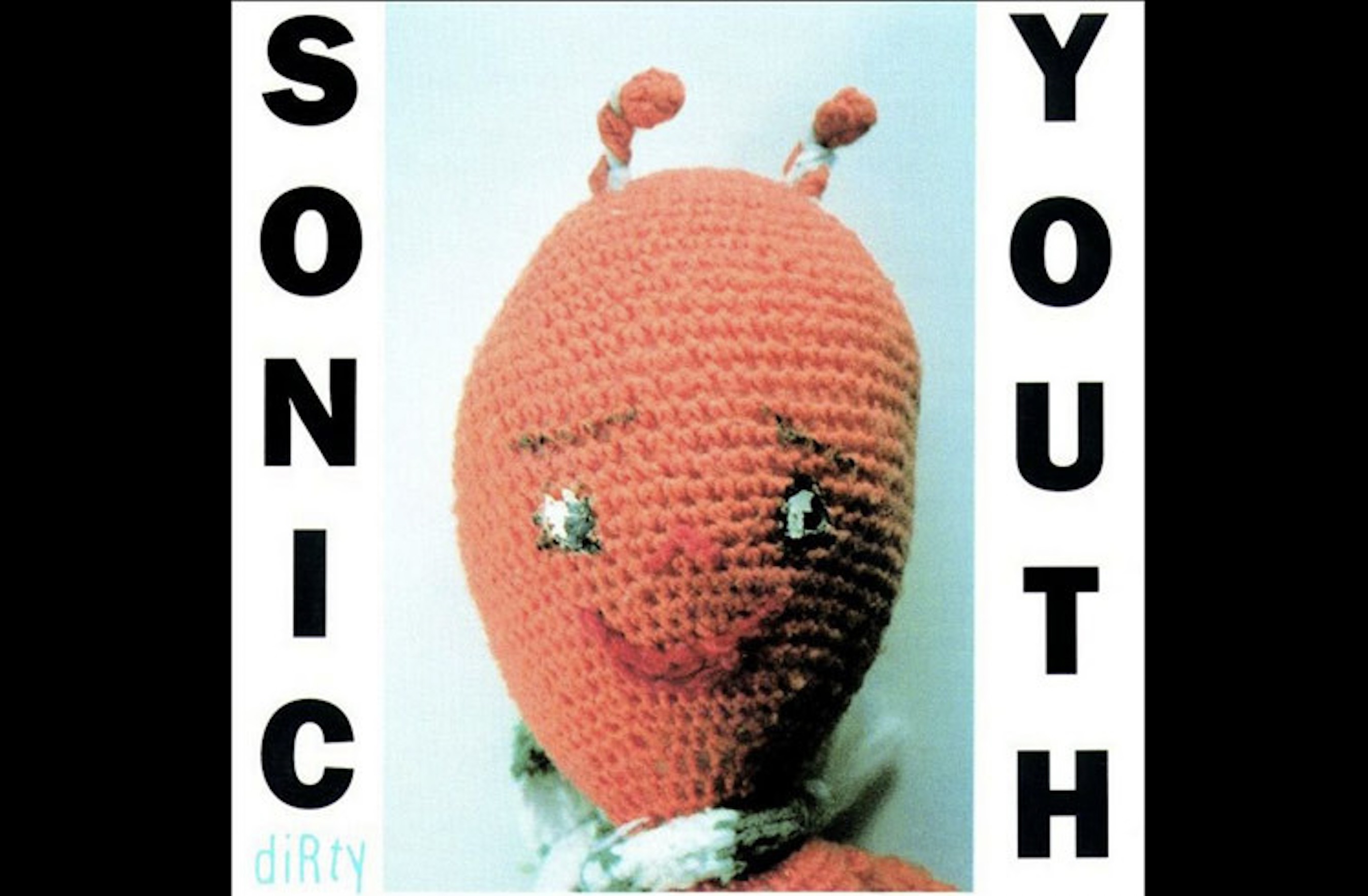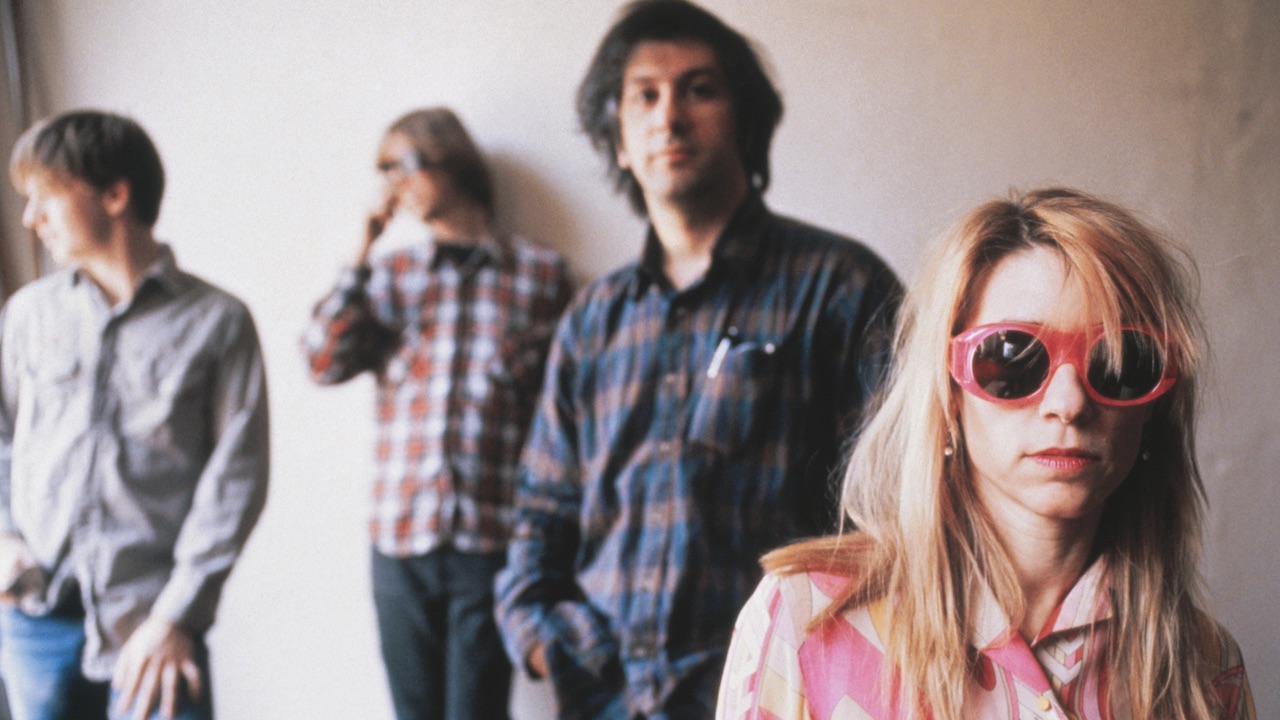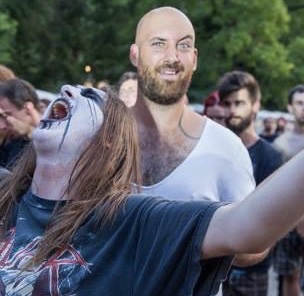Of all the bands owed respect for laying the foundations for the US alternative rock revolution of 1991, there’s a good argument to be made for Sonic Youth being the most influential, the noisiest and the least likely - and least interested - to creep toward the mainstream.
R.E.M. always looked every inch the superstars that they would become, Pixies had such a sublime melodic sensibility that they could have appealed to casual rock fans, Dinosaur Jr.’s love of classic rock and classic pop might have been cloaked in fuzz, but they still had plenty of tunes, but Sonic Youth? All avant-garde noise, screaming, discordant feedback and weird conceptual sci-fi albums? Surely, you’re not getting on MTV if that’s your approach? Well, as it turns out, if you’re good enough, then maybe you can.
In 1992 the New York noise quartet released an album that would briefly catapult them into the eyes and ears of mainstream rock fans, giving them the most commercially successful album of their career. That album is Dirty.
In 1989 Sonic Youth were basically the coolest band on the planet. Their landmark 1988 release Daydream Nation had been critically adored, and became their first release to chart in the UK album charts, albeit peaking at number 99. And with alternative music making incremental inches toward wider territories it was no shock that major labels were clambering over themselves to sign a band who were adored by tastemakers and slackers alike.
The quartet - vocalist/guitarist Thurston Moore, bassist/vocalist Kim Gordon, guitarist Lee Ranaldo and drummer Steve Shelley - ended up penning a five-album deal with Geffen worth a reported $300,000, and were to be distributed on the new sub-label DCG Records. There was obviously some grumbling from hardcore fans about the group's decision to jump to a major, but old friends Hüsker Dü, R.E.M., The
Replacements and Jane's Addiction had already done so: after Geffen A&R man Mark Kates signed the New Yorkers, the likes of Nirvana, Hole and Beck followed suit, agreeing to join the label largely thanks to the presence of Sonic Youth.
The band's first release on their new label was 1990’s Goo. Featuring college radio hit Kool Thing, which included a guest vocal from Public Enemy’s Chuck D, it saw the quartet peak at number 96 on the Billboard 200. More importantly though, it introduced larger levels of melody into the band's sound. “People were surprised at how melodic Sonic Youth could sound,” Lee Ranaldo told Spin in 2020. “That record is full of melodies from top to bottom.”
After three months of touring in arenas with Neil Young, they went out on the road with Nirvana in the summer of 1991, taking an 8-track recorder with them to demo songs for what would be Goo’s successor. While that album was coming together, however, Nirvana would change the course of rock music with their own DGC debut, Nevermind.
When they entered The Magic Shop in New York to work on their seventh studio album, Sonic Youth had Nevermind producer Butch Vig in tow. Vig wanted to see if he could streamline the Sonic Youth attack: Thurston Moore, meanwhile, told the producer that he wanted to make the album sound like the Acceptance EP Vig had recorded for long-forgotten hardcore band Mecht Mencsch in 1983.
The result of this creative butting of heads would be Dirty, an album that somehow managed to appease both ideologies. On one hand the screaming feedback, slurred, grunted and whined vocals of Moore and Gordon and unusual song structures that characterised Sonic Youth’s earlier material is still very much present here, but the songs are shorter, the riffs and the hooks feel sharper, and there appears to be some sort of nod towards the zeitgeist. One, admittedly, they had done more than almost anyone to influence.
With the benefit of hindsight, you can’t help but scratch your head at the suggestions that this is the moment Sonic Youth 'sold out.' Even so, it is true that the music they made here, previously impenetrable to the ears of many, would now pop off all over the place.
As an introduction to truly alternative music, this is a fantastic place to start, and you can hear where an entire generation of noisy followers would steal their tricks from in the aftermath; Chapel Hill drives like Pavement, a wailing Ranaldo sounds like he’s invented the blueprint for ...And You Will Know Us By The Trail Of Dead’s entire career on the quiet-loud-really loud Wish Fulfillment, the UK Top 30-bothering single Sugar Kane finds the quartet giving New York post-punk an alt-rock stomp a decade before The Strokes, and Youth Against Fascism, featuring Fugazi's Ian MacKaye on additional guitar, bubbles along on an Interpol-style bass line.
The real star of the show on Dirty though is Kim Gordon: her bass throbs and pulses in a way that drives Dirty and her vocal performance is one of unrestrained anger and dissatisfaction. As the riot grrl movement gathered momentum it’s hard to think of many people who influenced young women to rail as much as Gordon would have done thanks to songs like Swimsuit Issue and Orange Rolls, Angel’s Spit.
The album was released on July 21, 1992, subsequently peaking at a, then career-high, number 83 on the US Billboard 200 and at number 6 in the UK. Sonic Youth made their US network TV debut on The Late Show with David Letterman, playing a gear trashing and chaotic version of 100%, and then on the flagship UK music show Later... with Jools Holland, performing raw as fuck versions of Sugar Kane and Drunken Butterfly. Against all the odds, underground rock's coolest band were crossing over.
For an entire young group of people who had stumbled onto Nirvana and grunge in the early 90’s, Dirty was a record that legitimised their tastes. If you were young fan taking your first steps into this new world of alternative rock, then you listened when Kurt Cobain spoke, and his patronage of Sonic Youth didn’t go unnoticed. So, when you went out and bought the new Sonic Youth record, you weren’t buying the next MTV approved hype band, you really did feel like you were buying into an entire culture.
Had this been a different record, a more challenging or deliberately provocative one, maybe we wouldn’t all have stayed around. But Dirty was pitched just right; intense, odd and uninterested tempering their more extreme nature, but also easier to digest, instantaneous and as huge sounding as any blockbuster major label alt-rock banger. The perfect halfway house to turn the curious into the obsessive.
Obviously, it couldn’t last. Sonic Youth released the more lo-fi sounding Experimental Jet Set, Trash and No Star in 1994, and then the very inaccessible Washing Machine in 1995. By this point the notoriously fickle mainstream were bored of alternative rock, not that the band seemed to care: their set at the 1996 Reading Festival, subbing the disastrous final gig of The Stone Roses original run, was a noise filled antagonism disguised as music, and, tellingly, they’d play just one song from Dirty that day. Clearly both parties had decided to move on.
But, while it lasted, Sonic Youth’s little mainstream dalliance was glorious. Dirty may not be the critical darling that Daydream Nation is, it might not be the cool transition of Goo or a hardcore fan favourite like Evol or Sister, but it was an essential bridging record. It took an entire generation of people who had their mind blown by Nirvana just that little bit further down the line, and showed them the door to a whole new world of wild and experimental music.
The perfect record, from the perfect band, at the perfect time... who could have seen that coming?


